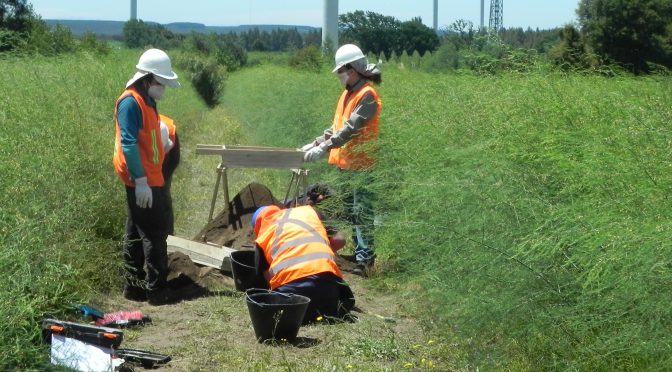The discovery of archaeological remains on the site of our wind farm tells a new story about the place and the civilizations that lived there long ago.
Link copied to clipboard
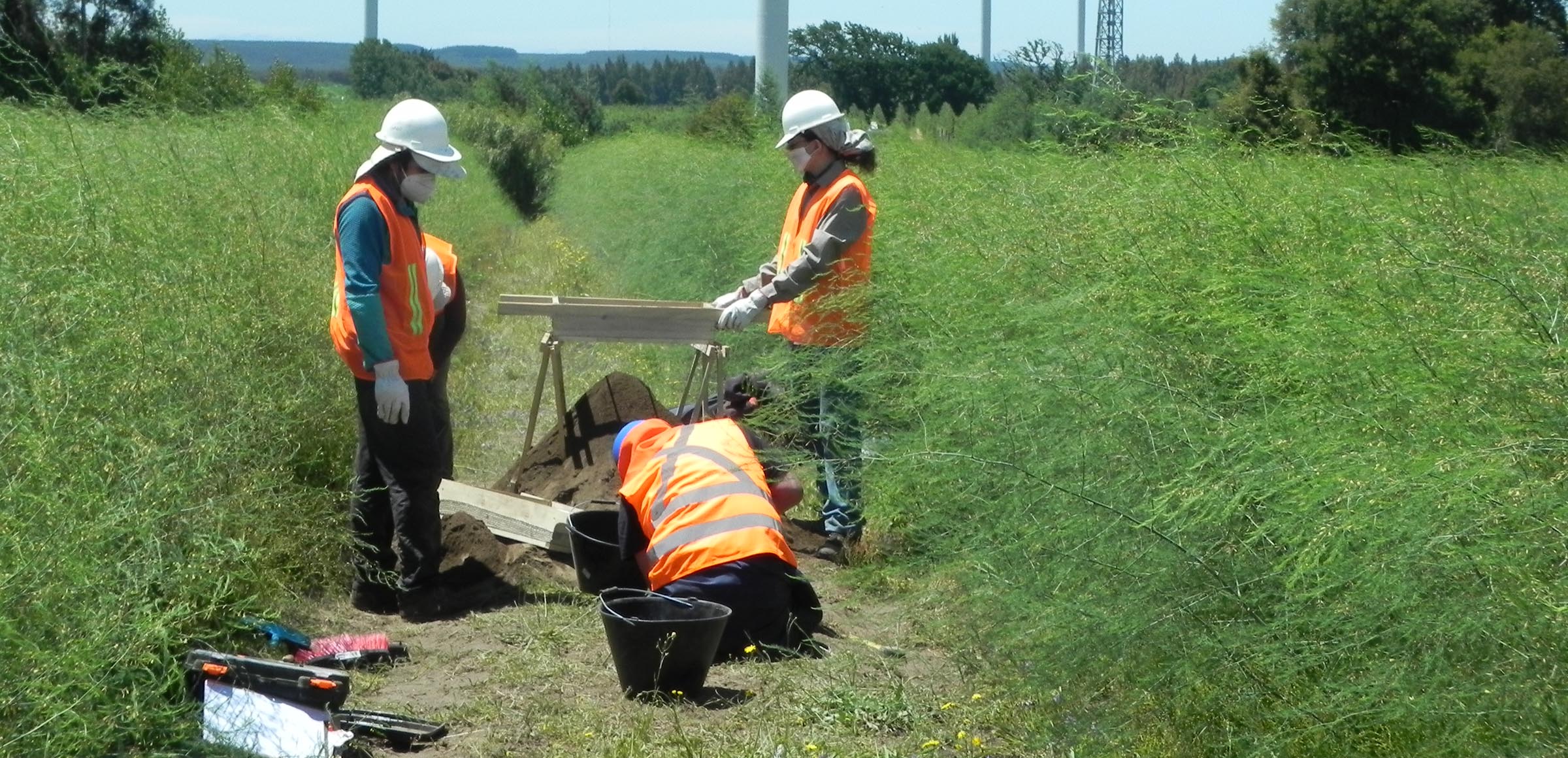
The construction of the first Enel Green Power wind farm in the Araucanía region in southern Chile brought to light an unexpected past. This region has been home to civilizations since before 1000 A.D., a time when people began to cultivate food locally, practice animal husbandry, live in communities and differentiate from one another socially. Metallurgy was also born at this time. For historians and archeologists, this era is crucial to understanding the history of society and human development in this part of the world.
Thanks to the construction of the Renaico wind farm, which marked the beginning of our commitment to renewables in this region in 2015, the past and the present have entwined to create a virtuous relationship. During environmental studies, we found traces left behind by ancient civilizations in the form of various archaeological remains. Since then, the area has been the site of excavations conducted by Enel in partnership with Chile’s School of Anthropology at the Pontificia Universidad Católica.
At the Renaico wind farm, we installed more than thirty wind turbines, and we are able to generate more than 280 GWh each year, meeting the energy needs of around 129,000 people and avoiding emissions of more than 135,000 metric tons of CO2 into the atmosphere.
Three years of excavations
All the archeological remains that have been unearthed tell the story of human presence here that began at least 2000 years ago, although the period of greatest interest is the time around 1000 A.D.
“Archeological findings, like a piece of pottery or a stone fragment, might not seem particularly eloquent in the eyes of many,” explains Robert Campbell, archeologist at Chile’s Pontificia Universidad Católica. “But it is here that the role of the archeologist comes into play: being able to make these ancient remains talk, to give them a new voice. Starting from these fragments, thanks to specific studies of their composition, a stratigraphy of the terrain and laboratory analysis, an archeologist can access a history that could not take shape in any other way.”
Between December 2020 and March 2021, three archeological digs were conducted, involving a total of 23 archeologists and two curators. Following the archeological excavations, experts analyzed the recovered material in the laboratory and designed a series of activities to raise awareness in the local community. The archeological pieces discovered were put on display at the Regional Museum of Araucanía, in Temuco.
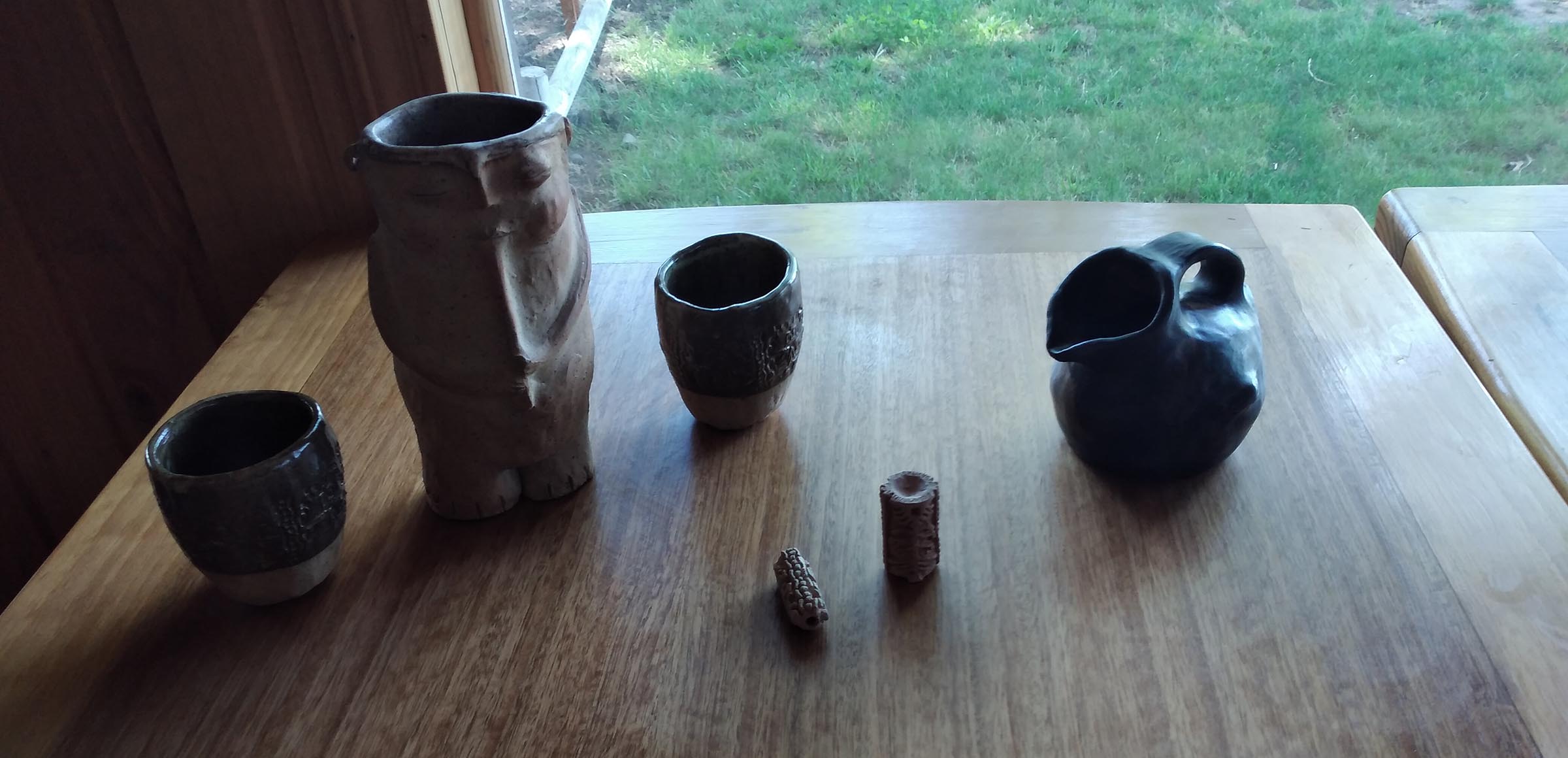
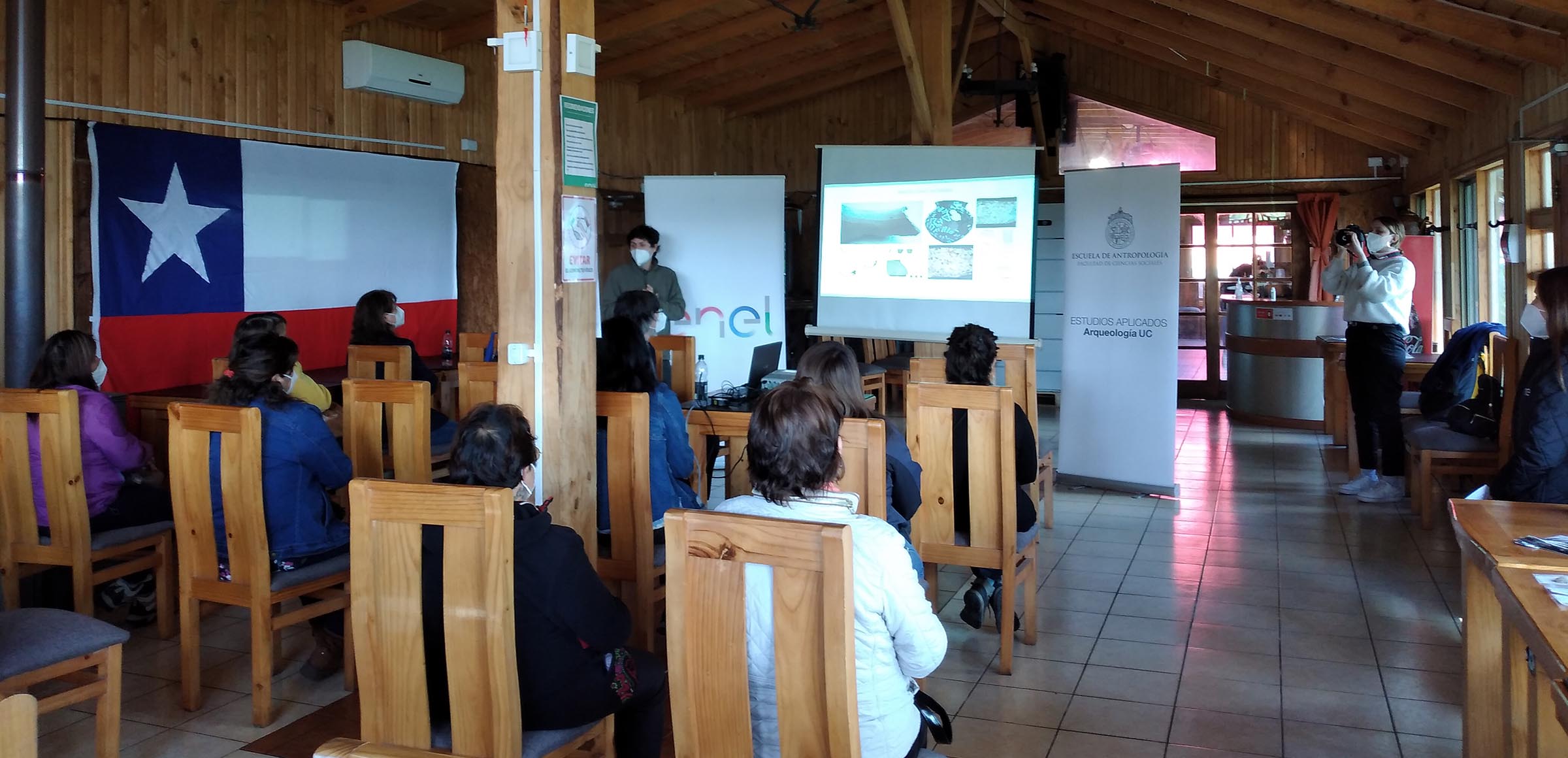
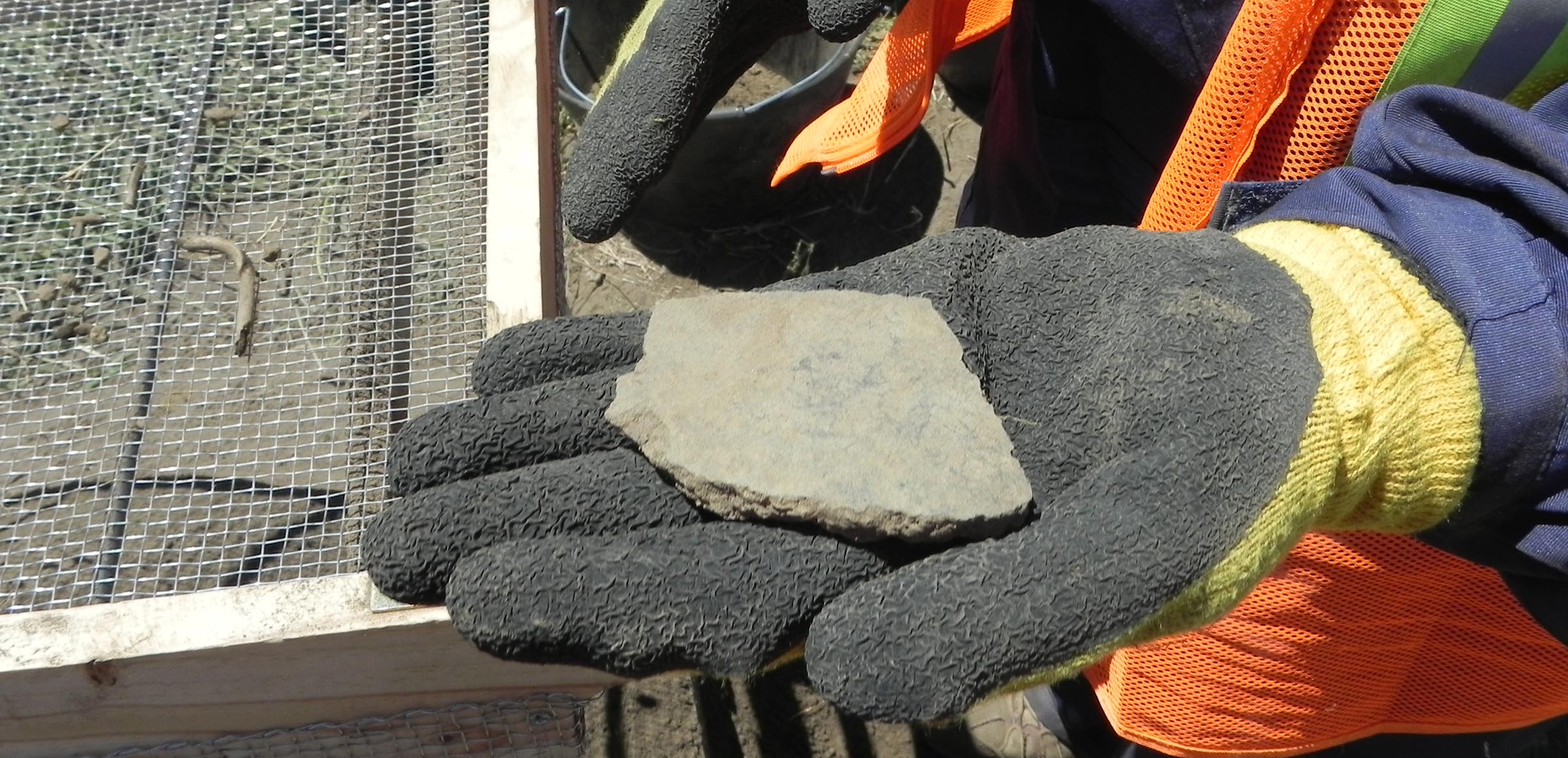
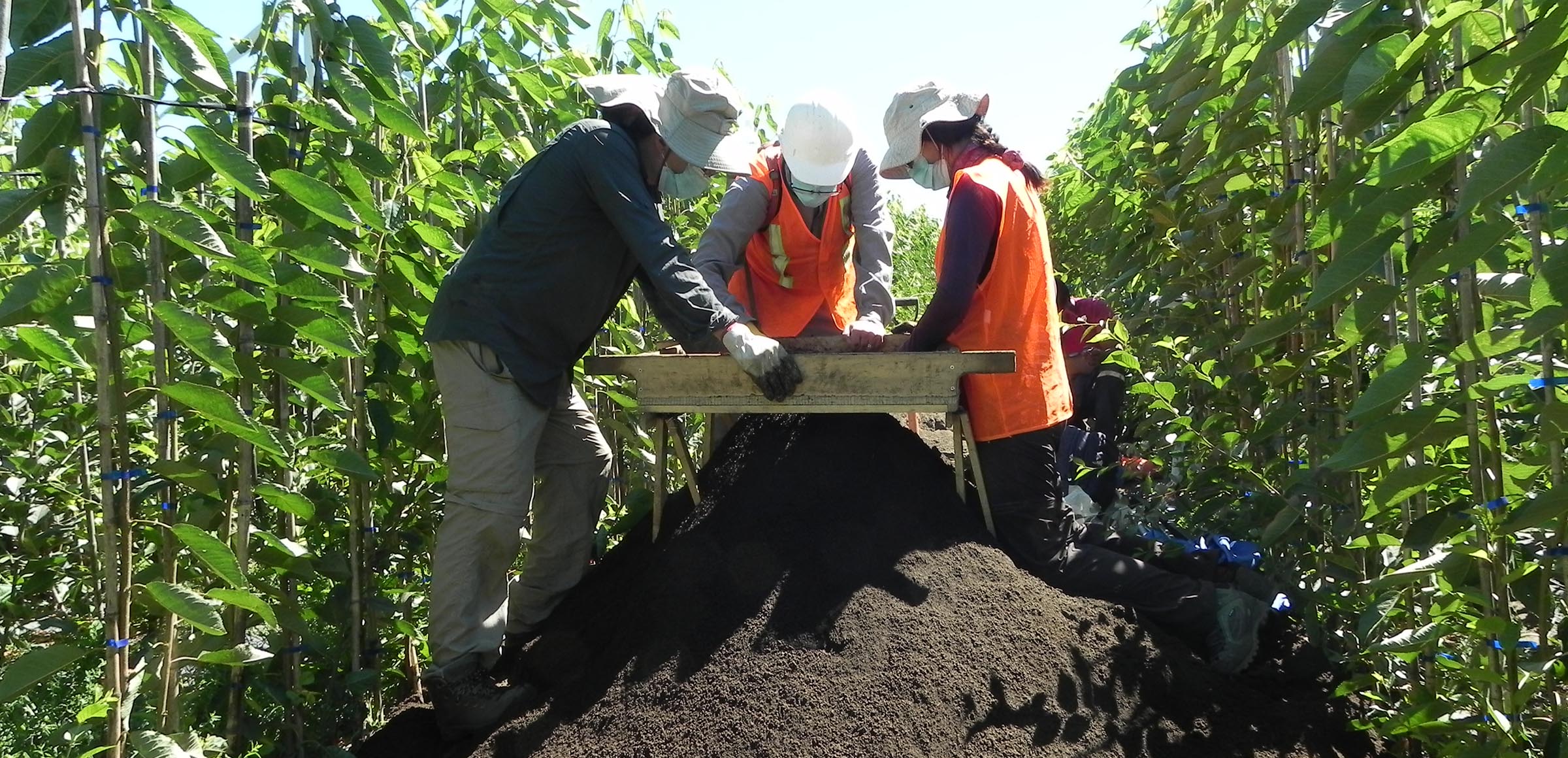
A place for meeting and trading
The discoveries at the Renaico wind farm open a series of interesting lines of enquiry concerning the prehistory and ancient history of the Araucanía region. Some elements in particular have proved instrumental in plotting social and cultural aspects that are difficult to reconstruct, like cultural exchanges between people and contacts between distant populations. One of the most striking is a particular lip decoration that was worn between the lower lip and the chin (tembetà): this was the first time that this object had been found in the Araucanía region, as previously it had only been discovered much farther north in the area of Cauquenes.
Another unexpected discovery was a large quantity of obsidian. This is a volcanic rock, a sort of natural glass that was of great value in ancient times as it could be used to produce very sharp tools and was perfect for producing spear tips and knives. Being a rock of volcanic origin, however, it must have originated in the Andes mountain range, indicating that the people living in the region where today the Renaico wind farm is located traded with people from the mountains.
“In our quest for technological development to improve the planet and people’s lives, we must understand the historical roots of the areas where we work and remain connected to them, more than ever.”
Francisco Sierra, Head of O&M Wind Chile
In light of what has been found so far, archeologists have formulated a hypothesis about the ancient function of the area: the site could have been a venue for meeting and trading, where communities from other areas in southern Chile, or even beyond, came together to discuss, trade and gather news to take back to their communities.
The creation of this wind farm, in addition to generating clean energy, has therefore helped bring to light a heritage that is important in order to understand the history of these lands and the communities that populated them.
